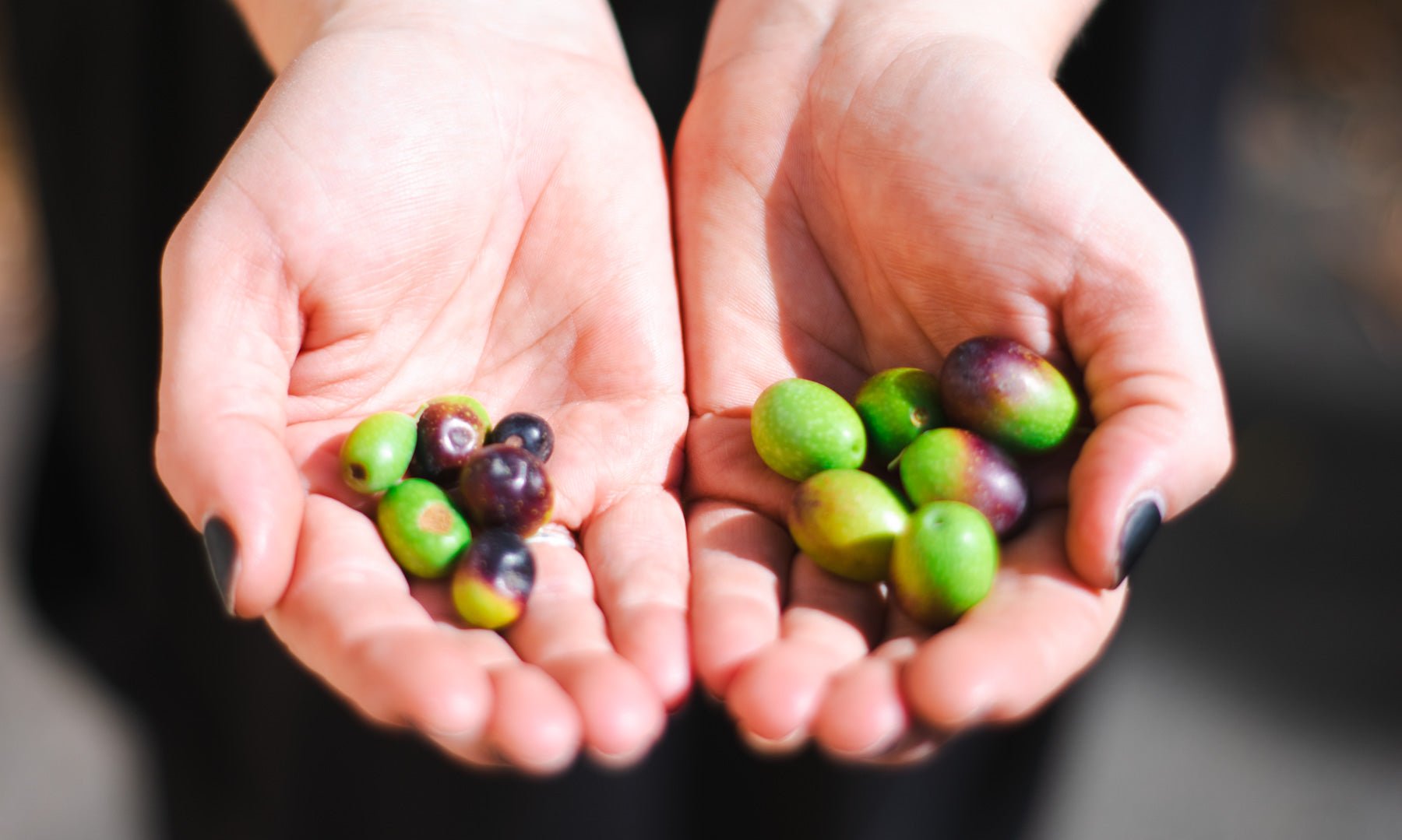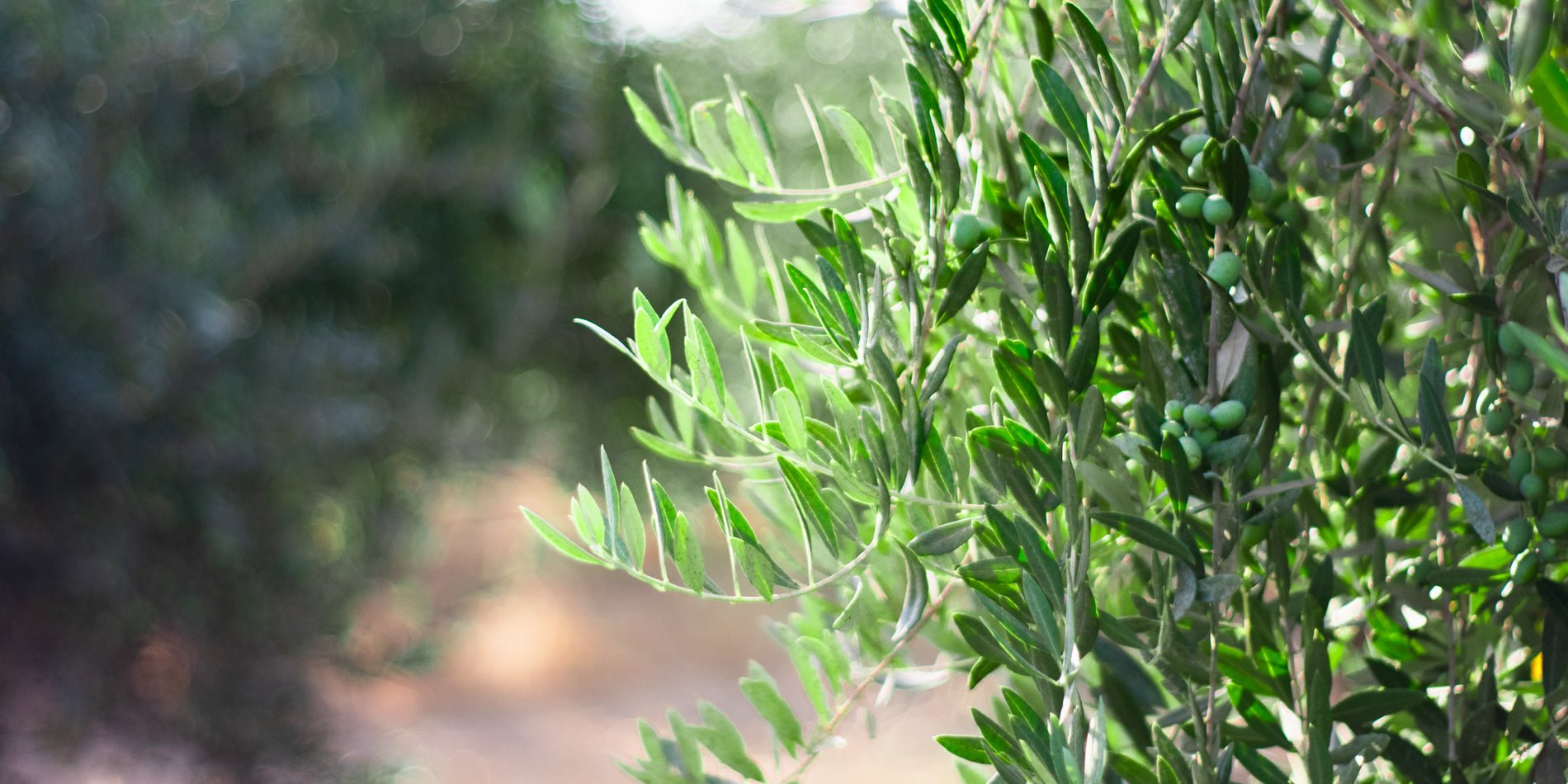Field Report: Regenerative Agriculture: How we got here
Last year, we picked about 100 tons of fruit from our 30 acre orchard, which is about 20 tons more than we've ever picked before, and I think we had about 20 or 30 tons left in the orchard when the rains finally came and got our fields wet enough that we couldn't get back out there.And so we knew that we were going to come into this year and have a light year.So we saw the bloom.It was pretty light bloom.We kept our fingers crossed.And when fruits came around, we realized that we weren't going to have enough fruit to pick.So we had to stop and step back and think about where we were and where we're going and how we got here.
In the last six years we've had three years with not enough fruit to have a crop. And in the farm, if you have a bad year, you have a bad year. And you brush off the dust, lick your wounds and move on. But when you have three bad years, in six years, it's not the weather. It's not the pruning, it's not the fertilizer. Something's going on, something's changing. And we're looking around, and this is happening to everybody. You know, we had this year, we had a warm period in February, and then it went back right into a frost in March, and across the state, all of harvest are down. And it's not, you know, if it was just one year, you know, maybe you could say it's the year, but at this point we have to realize that the climate is changing, and the trees are getting confused, and we need to change how we approach our farm in order to create more resilient systems.
We normally expect to have a big crop and then a small crop and ideally what we would do is we would prune hard following a small crop when the trees have had some time to rest and recover and prune light following a big crop. That's a big part of what's going on here is we got kind of flipped around and we've been on a cycle where we pruned hard after a huge crop and then we pruned super light after a small crop. And that's part of what's going on here, but following last year's harvest we had a huge harvest and we did very little prune. We should expect at least a decent crop this year because if it was a pruning issue we finally got in back on track and this year when the fruit set came in we realized that it wasn't just the pruning issue.
When the weather starts doing weird things, the weather starts doing acrobatics and giving you these cold snaps in the middle of the growing season and warming up in the middle of the dormant season, it's not an issue you can fix with some more water, some more fertilizer. Potassium, nitrogen phosphorus, you can dump all that in the field you want, it's not going to fix the issue. What's going on here is the trees are just having abiotic stress and what we need to do is to solve that problem, that's a problem we have to solve by creating more of an ecosystem in the field and that's the soil microbiome, that's the cover crop and the other
As we learn about more regenerative agricultural systems, we're finding that the systems that have really well developed soil microbiomes and even on the leaves and the bark of the trees and there's even a class of bacteria will enter into the cells and live inside the cells of the tree. And when you have really diverse and developed systems of the microbiome and also the microbiome when you have diverse cover crop and other plants growing in the orchard and insects, you've really beneficial insects can help protect your plants as well. When you create these systems, they help create resilience in the trees and the crop. And so when we talk about things like abiotic stress, the way we can address that is, again, not through water or fertilize or other conventional management tools. And by creating these systems, we're able to create trees that can heal themselves and can withstand these stresses.
What happens in these systems is that you have the soil hosts all these microorganisms, the bacteria and the fungi. What they do is they live off of the root exudates. So when the tree grows, it photosynthesizes, it creates carbohydrates from water and carbon dioxide in the air, and it processes those. And some of that, the excess, it kicks out into the roots, and that feeds the microbiome. And so you have all these beneficial microorganisms that live off of the sugars from the trees and the other plants. And what they do is they live off these sugars and then they also do other beneficial things. They solubilize minerals in the soil and they also create all these beneficial compounds. So if we think about olive oil is really great for us. It's really great for our heart health.
It's great for your skin. It's great for your blood pressure. It's great for your brain health. It's a long conversation that we can have about how good olive oil is for you. And it's because of the polyphenols in the olive oil.
Well, if we think about the microbiome and the root zone of these plants, what they're doing is they're not providing the nutrition to the plants in the form of when we go out there with fertilizer, it's like skittles and white pasta to these trees. It's great. It works. But when the microbiome processes the minerals in the soil and makes them more soluble, the plant gets those. And to the plant, it's like olive oil.
It's like whole wheat pasta. It's like a red ripe tomatoes straight off the vine. These things are full of nourishment and vitamins and minerals and polyphenols and all these other wonderful compounds that are good for you and help you digest everything. And so when the plant gets their nutrition from these bacteria and fungi, what they're getting is they're getting a really well balanced diet with all these beneficial compounds that help them grow and succeed.
And so the way we get there, the way we get to create this ecosystem is we have to stop thinking about the farm like a factory, where we have inputs in of fertilizer and water and sunshine, and then we get outputs out. It's not one plus one plus one equals three anymore. It's not that simple. But the benefit is, on the flip side, if we do it right, one plus one plus one doesn't equal three, it can equal ten. And the way we do this is we start thinking about the farm as an ecosystem. And so everything we do, we have to think, not how does this affect our yield? We have to think, how does this affect our ecosystem? Is this going to create more resilience in the ecosystem? Is this going to increase the biological diversity in the soil? Is this going to create more beneficial insects in the field that will help us manage pests?
We have a lot of different things that we have planned to help kind of restore the ecosystem and restore the soil health and we'll be doing those especially as we get into the spring and summer during the growing season, there's a lot more we can do. But now what we're doing is we're pruning and we have to think about what is pruning in relationship to an ecosystem. Well, pruning doesn't happen in ecosystem or does it? As we learn about these more deeper systems. Were finding that one of the biggest benefits of.
Now our approach to pruning is not just to keep the trees at a manageable height and to thin out the foliage some to make it easy to harvest the trees, but it's to think about the trees in an ecosystem and to mimic the natural patterns of grazing. And if we step into the trees and do a little bit more of a severe prune, what we're able to do is we're going to be able to push the tree into state of constant regrowth, and it's going to be constantly trying to grow as many leaves as possible, to capture as much sunlight as possible. Maximizing photosynthesis. In return, that tree is going to kick out a bunch of sugar into the ground, and it's going to feed the microbiome, and the microbiome is going to turn around and feed the tree back with solubilized nutrients and other beneficial compounds.
We've had a really fun time taking a deep dive this year into regenerative agriculture and all the different things that we can do on farm to create more resilient systems from the different kinds of compost we can create on farm and are starting to do that and multi-species cover cropping. But even something as simple as Pruning as we take it apart and learn about it we're finding that even these simple things things can have really drastic and cascading effects down the line.
We're really excited to jump into it, and we expect that we'll be sharing our progress as we go. And feel free to ask any questions you have about the process. We're really happy to talk about it. It's fun. It's our life now. And yes, follow along for more updates.






